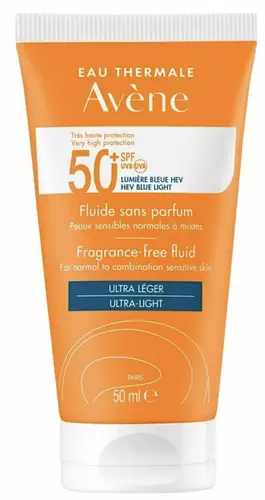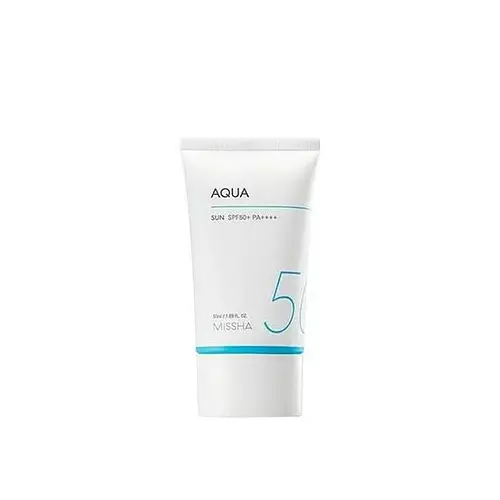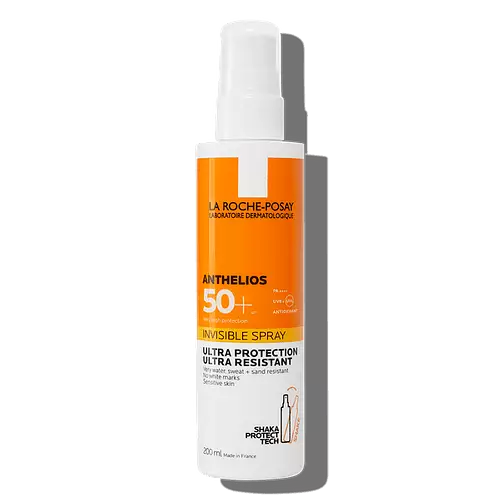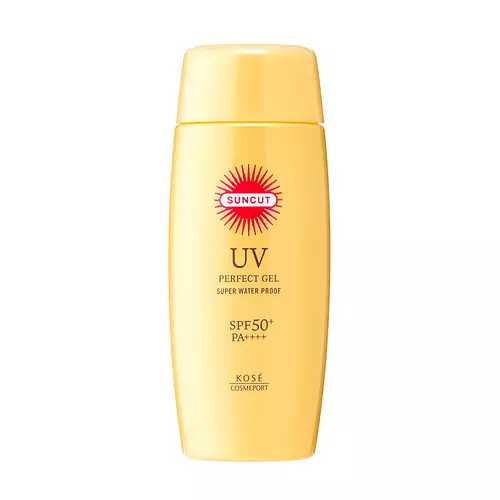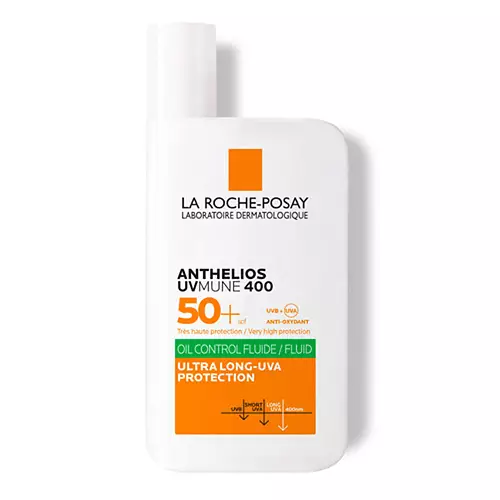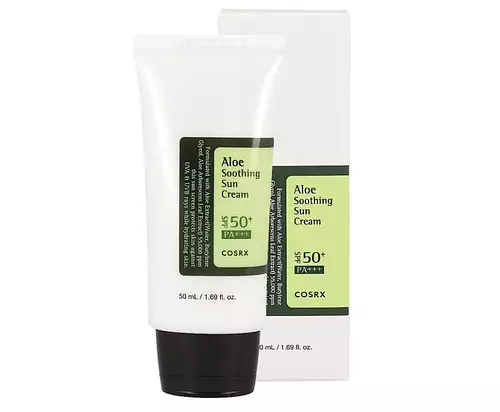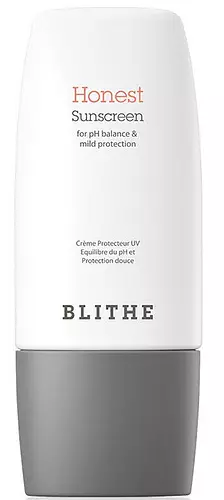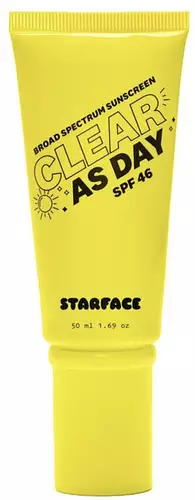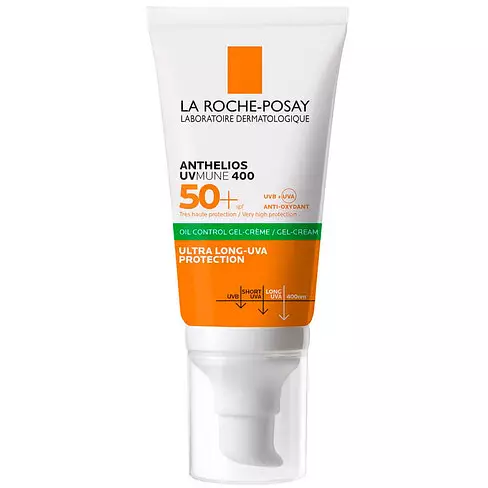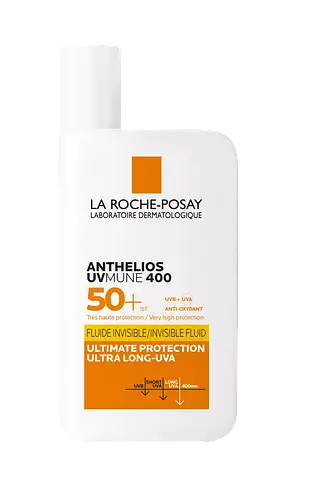Updated on September 14, 2023
Overview
What they are
These products are both sunscreens. They have a total of 7 ingredients in common
Cool Features
They both contain SPF
Suited For
They're both likely to be good for dry skin and brightening skin
Free From
They both do not contain any common allergens, oils, parabens or sulfates
We independently verify ingredients, and our claims are backed by peer-reviewed research. Spot a product that needs an update? Let us know.
Ingredient Info
Avène Very High Protection Fragrance-Free Fluid Ultra Light SPF 50+ 23 ingredients
Missha All Round Safe Block Aqua Sun Gel SPF 50+ PA++++ (New Formula) 39 ingredients
At a glance
Click on any of the items below to learn more
Avène Very High Protection Fragrance-Free Fluid Ultra Light SPF 50+ 23 ingredients
Missha All Round Safe Block Aqua Sun Gel SPF 50+ PA++++ (New Formula) 39 ingredients
Notable Ingredients
This product contains 3 ingredients that may have this attribute:
Benefits
This product contains 1 ingredient that may have this attribute:
This product contains 1 ingredient that may have this attribute:
Concerns
This product contains 1 ingredient that may have this attribute:
Notable Ingredients
This product contains 5 ingredients that may have this attribute:
This product contains 1 ingredient that may have this attribute:
This product contains 1 ingredient that may have this attribute:
This product contains 3 ingredients that may have this attribute:
Benefits
This product contains 2 ingredients that may have this attribute:
This product contains 1 ingredient that may have this attribute:
This product contains 1 ingredient that may have this attribute:
This product contains 2 ingredients that may have this attribute:
Concerns
This product contains 1 ingredient that may have this attribute:
This product contains 2 ingredients that may have this attribute:
This product contains 1 ingredient that may have this attribute:
Ingredients Side-by-side
Ingredients Explained
These ingredients are found in both products.
Ingredients higher up in an ingredient list are typically present in a larger amount.
Diethylamino Hydroxybenzoyl Hexyl Benzoate (DHHB) is a chemical UVA absorber. It is formulated for high UVA protection (320-400 nm).
DHHB is well-liked for:
DHHB has been approved by the EU, Japan, Taiwan, and South America for use up to 10%. Unfortunately, it has not been approved for use in the US or Canada due to slow regulatory processes.
This ingredient is soluble in oils, fats, and lipids.
It is an UV absorber. UV absorbers are an agent that absorbs UV rays to protect your skin. They use chemical reactions to convert UV rays into heat and energy.
Learn more about Diethylamino Hydroxybenzoyl Hexyl BenzoateWater. It's the most common cosmetic ingredient of all. You'll usually see it at the top of ingredient lists, meaning that it makes up the largest part of the product.
So why is it so popular? Water most often acts as a solvent - this means that it helps dissolve other ingredients into the formulation.
You'll also recognize water as that liquid we all need to stay alive. If you see this, drink a glass of water. Stay hydrated!
Learn more about WaterGlycerin is already naturally found in your skin. It helps moisturize and protect your skin.
A study from 2016 found glycerin to be more effective as a humectant than AHAs and hyaluronic acid.
As a humectant, it helps the skin stay hydrated by pulling moisture to your skin. The low molecular weight of glycerin allows it to pull moisture into the deeper layers of your skin.
Hydrated skin improves your skin barrier; Your skin barrier helps protect against irritants and bacteria.
Glycerin has also been found to have antimicrobial and antiviral properties. Due to these properties, glycerin is often used in wound and burn treatments.
In cosmetics, glycerin is usually derived from plants such as soybean or palm. However, it can also be sourced from animals, such as tallow or animal fat.
This ingredient is organic, colorless, odorless, and non-toxic.
Glycerin is the name for this ingredient in American English. British English uses Glycerol/Glycerine.
Learn more about GlycerinYou might know this ingredient as Tinosorb S or Bemotrizinol. It is a UV filter that covers both UVA and UVB rays.
Bemotrizinol has two peak UV absorption peaks ( 310 and 340 nm) and is able to absorb both UV-A and UV-B rays. Skin exposed to UV causes free-radical molecules to form. This ingredient works by preventing the UV from reaching your skin.
It is highly photostable and helps prevent the photodegration of other sunscreen ingredients such as avobenzone.
Bemotrizinol is not approved in the US but is allowed in the EU, Australia, and Asia.
In fact, it is the most effective UV absorber at maximum concentration (measured by SPF) permitted by in the EU.
It is oil-soluble.
Learn more about Bis-Ethylhexyloxyphenol Methoxyphenyl TriazineWe don't have a description for Vp/Eicosene Copolymer.
Caprylyl Glycol is a humectant and emollient, meaning it attracts and preserves moisture.
It is a common ingredient in many products, especially those designed to hydrate skin. The primary benefits are retaining moisture, skin softening, and promoting a healthy skin barrier.
Though Caprylyl Glycol is an alcohol derived from fatty acids, it is not the kind that can dry out skin.
This ingredient is also used as a preservative to extend the life of products. It has slight antimicrobial properties.
Learn more about Caprylyl GlycolXanthan gum is used as a stabilizer and thickener within cosmetic products. It helps give products a sticky, thick feeling - preventing them from being too runny.
On the technical side of things, xanthan gum is a polysaccharide - a combination consisting of multiple sugar molecules bonded together.
Xanthan gum is a pretty common and great ingredient. It is a natural, non-toxic, non-irritating ingredient that is also commonly used in food products.
Learn more about Xanthan GumIngredient Ratings
Here's what our community thinks of the ingredients in these two products.
When to use
Avène Very High Protection Fragrance-Free Fluid Ultra Light SPF 50+ 23 ingredients
Missha All Round Safe Block Aqua Sun Gel SPF 50+ PA++++ (New Formula) 39 ingredients

Reviews
Here's what our community thinks
Avène Very High Protection Fragrance-Free Fluid Ultra Light SPF 50+ 23 ingredients
Manon
good but sticky
I like it, it doesn't give me any acne unlike others I've tried before. However, it is a bit sticky at first and it takes a bit...
good but sticky
I like it, it doesn't give me any acne unlike others I've tried before. However, it is a bit sticky at first and it takes a bit long to absorb but I'd rather have the sickness than the acne so i'll be sticking with this. I'd also like this to have a bit more of a glowy finish since it mattifies my skin a bit, but overall it's good.
Missha All Round Safe Block Aqua Sun Gel SPF 50+ PA++++ (New Formula) 39 ingredients
RemiShen
This sunscreen is pretty good. I find it doesn't dry out my dry skin. The biggest issue I have is the smell. It's powerful and sticks around. If...
This sunscreen is pretty good. I find it doesn't dry out my dry skin. The biggest issue I have is the smell. It's powerful and sticks around. If you don't have problems with fragrance, you might like this sunscreen.
kamiisamas
current HG sunscreen! <3
plenty of spf and doesn't leave a white cast on dark skin (!!!)
oil free (a must), so doesn't contribute to my oily...
current HG sunscreen! <3
plenty of spf and doesn't leave a white cast on dark skin (!!!)
oil free (a must), so doesn't contribute to my oily t-zone. feels light on the face.
has really helped improve/prevent acne scars/hyperpigmentation - i genuinely don't scar as often and my skin is SUPER prone to scars.
i've tried other somewhat similar sunscreens but they have triggered acne, worsened oil production, and left a white cast. i'm sticking with this one for now!
